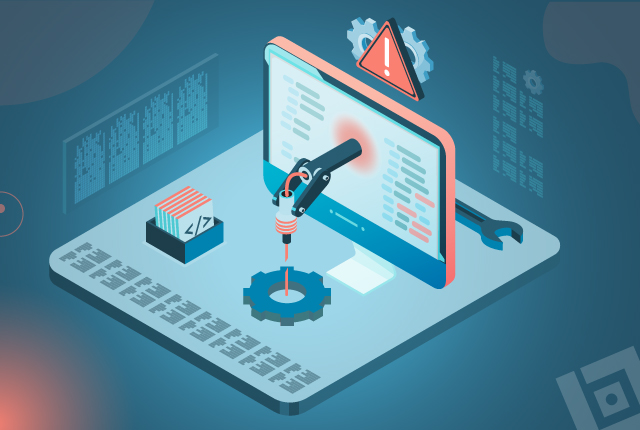This blog explains how to build a modern test automation strategy for 2026, covering prioritization, maintainability, CI/CD integration, AI-driven testing, and common pitfalls teams must avoid to improve speed, stability, and quality.
QASource Blog
In our blog, we take a deep dive into the latest QA strategies, methodologies, and industry best practices driving the world of quality assurance. Follow our blog to get new ideas as to how to effectively deliver high-quality, bug-free software products, websites, and applications, while keeping costs low.

Behind every successful QA project is reliable and correct data. Explore the 12 test automation metrics you must measure to maximize your ROI, ensure stability, improve coverage, and achieve reliable, efficient software releases..
Whether you're building a SaaS product, managing complex enterprise systems, or scaling a digital platform, automation promises faster releases, fewer bugs, and lower costs. But there’s a problem.
Automation testing has become a cornerstone of modern software development, enabling teams to release software faster, reduce manual effort, and enhance test accuracy. As applications become increasingly complex, automated testing tools have become essential.
Explore how evolving trends in 2025 are shaping the low code - no code test automation landscape. Discover how QASource's modern tools streamline testing, reduce manual efforts, and enhance delivery speed through intuitive, scalable solutions.
Creating a strong automation test plan ensures clear objectives, efficient test case selection, and structured execution. QASource shares expert tips to streamline processes and enhance software quality through thoughtful automation planning.
QASource explores AI-powered test automation strategies that help reduce script maintenance by up to 70%. With intelligent algorithms, test suites become adaptive and resilient. This enhances efficiency while minimizing manual updates and test failures.
Partner with top automation companies for faster testing cycles and improved accuracy, allowing businesses to accelerate software releases. Explore tips for hiring the right partner and why QASource is an ideal choice for businesses looking to optimize QA processes.
For all our metrics, test plans, Agile approaches, and strict industry standards, the end goal of every software development project is the same: happy customers. The user experience is our definition of success.
Written by QA Experts
QASource Blog, for executives and engineers, shares QA strategies, methodologies, and new ideas to inform and help effectively deliver quality products, websites and applications.
Categories
Authors
Our bloggers are the test management experts at QASource. They are executives, QA managers, team leads, and testing practitioners. Their combined experience exceeds 100 years and they know how to optimize QA efforts in a variety of industries, domains, tools, and technologies.








